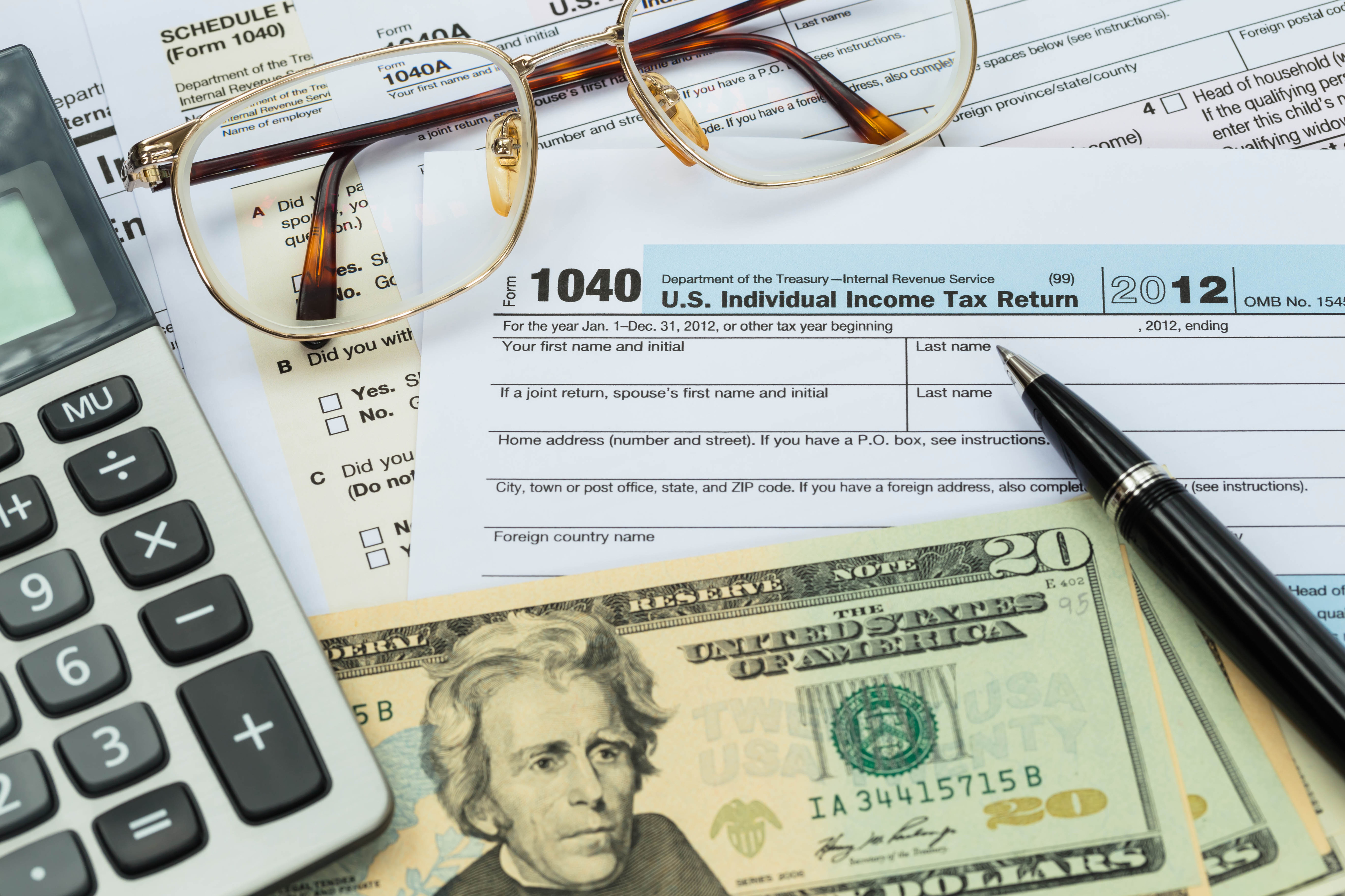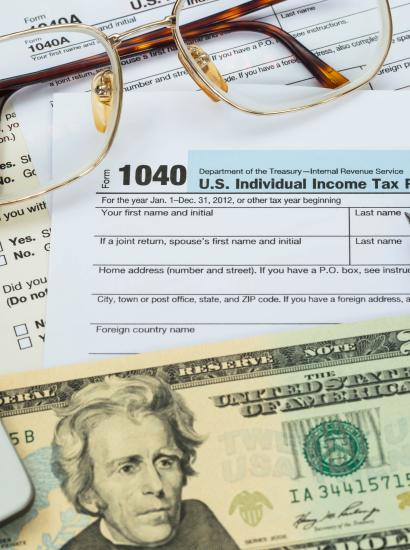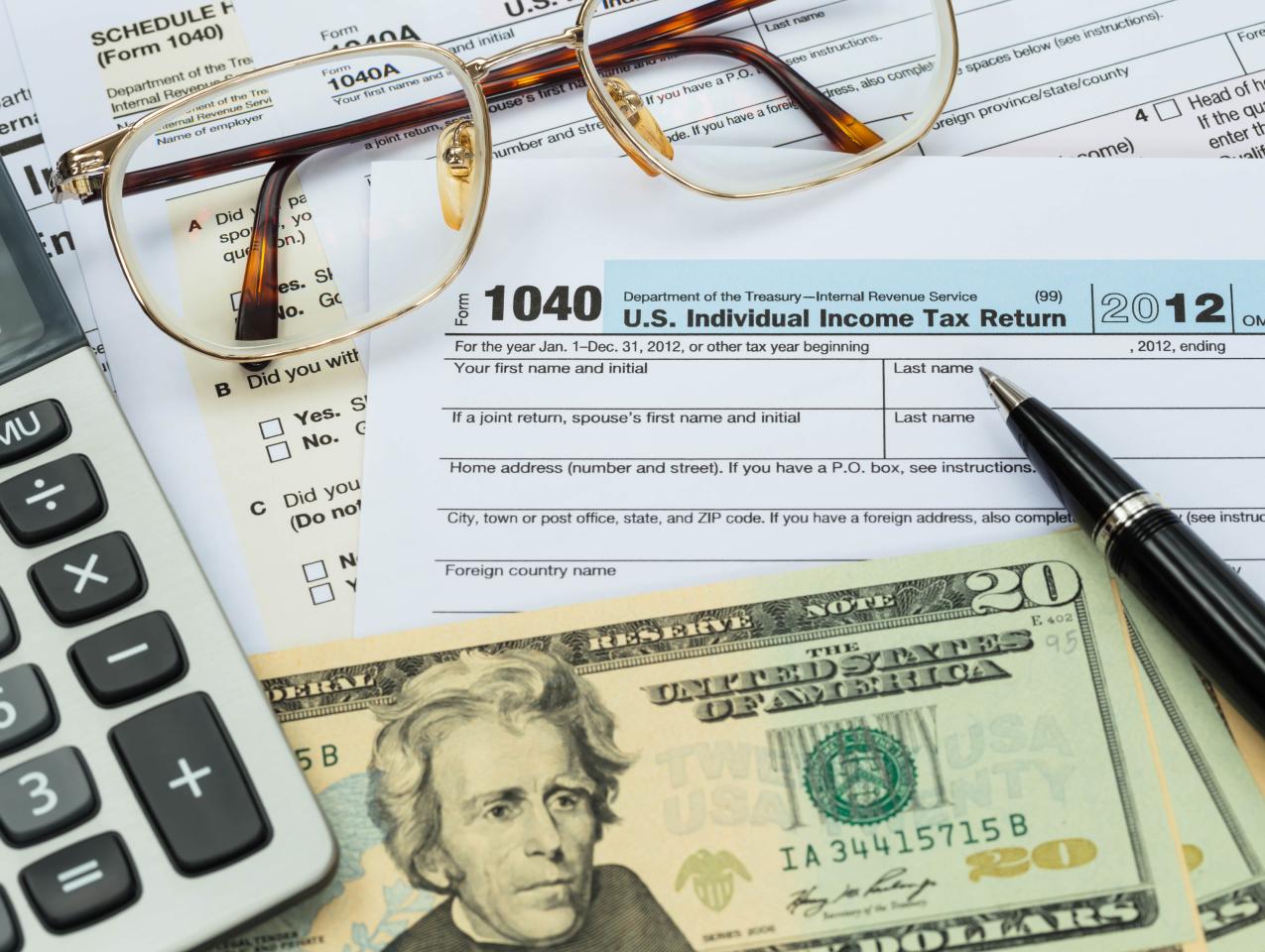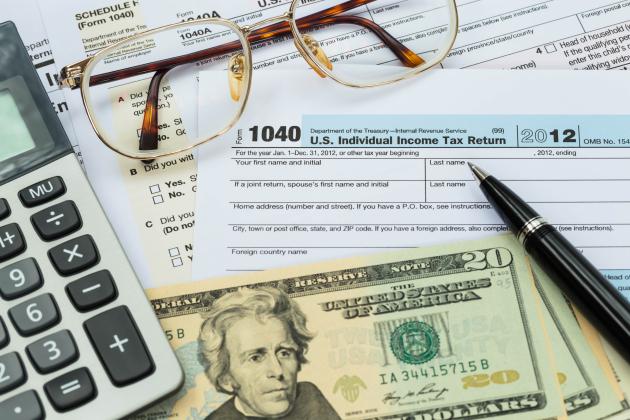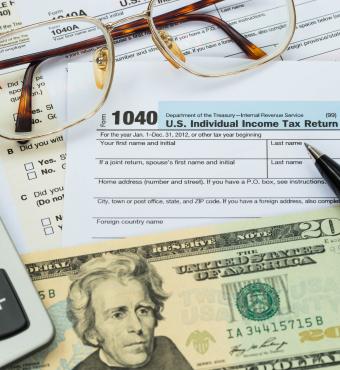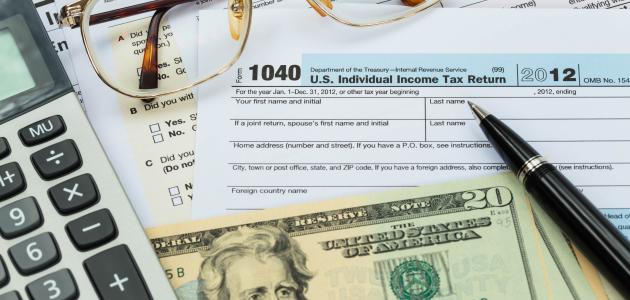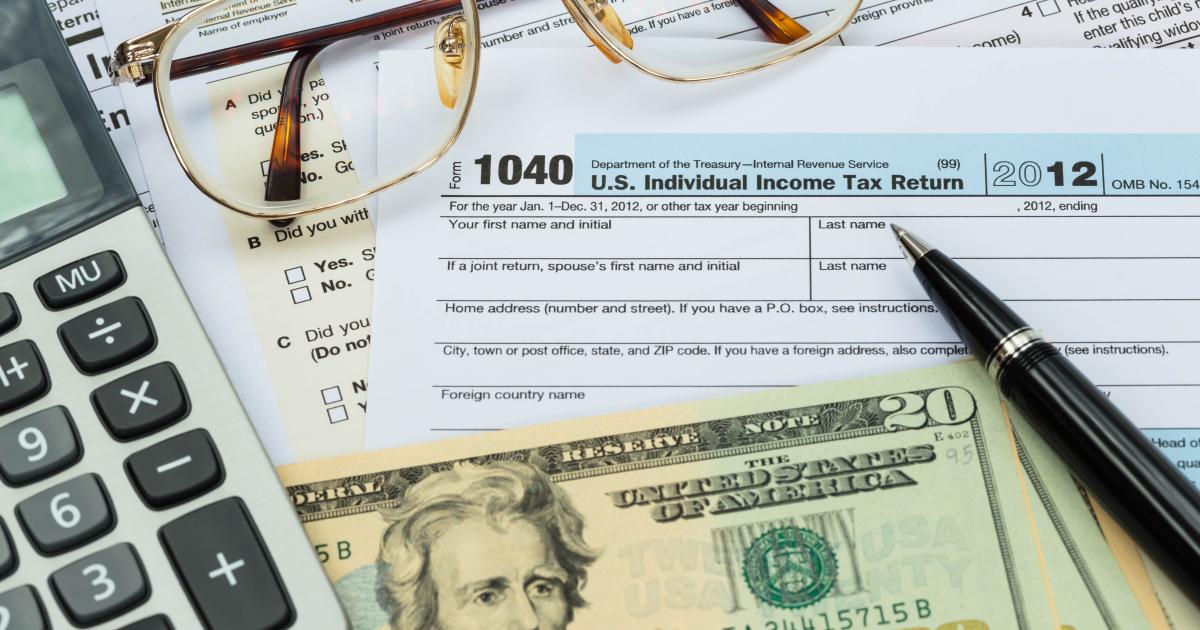President Biden will soon present his proposal for increasing income tax rates and tax rates on capital gains on high-income people. He also proposes to raise the corporate income tax rate to 28 percent from its current level of 21 percent. I would not be directly affected by the first two proposals: my income, though high, is much lower than the income to which the higher tax rates would apply and although I have substantial capital gains, they are almost all on stocks owned in IRA-type retirement accounts. When I pull them out, they will be taxed at normal income tax rates anyway, and so the current light treatment of capital gains doesn’t apply to my gains. I would be directly affected by the increase in the corporate income tax rate since over half of my retirement savings are in US stocks.
But unless it comes to fighting a bill of attainder directed at me (and so far, that hasn’t been a threat), I don’t judge government policy by its effect on me. I judge it in two main ways. First, is it fair? Second, will it have good effects on people’s economic well-being? Judged by both standards, all three tax increases fail.
First, the proposed tax increases, especially the higher marginal tax rates on high-income people and the higher tax rate on capital gains of high-income people, are unfair. High-income people already pay a much higher percent of their income in federal taxes than the average American does. In 2015, for example, the top 1 percent paid 33.3 percent of their income in federal taxes of all types, the top quintile paid 26.7 percent, the fourth quintile paid 17.9 percent, the middle quintile paid 14.0 percent, the second quintile paid 9.2 percent, and the lowest quintile paid 1.5 percent. Second, all three of the tax rate increases will harm economic growth, making the vast majority of Americans worse off than otherwise; will increase what economists call the deadweight loss from taxes; will, ironically, lead to more tax avoidance, causing the government’s increased revenue from the taxes to be lower than otherwise; and will reduce state tax revenues. Moreover, it’s worth noting that a government that wants to raise a large amount of tax revenue will need to increase the marginal tax rates in the lower brackets as well.
High Marginal Tax Rates Are Unfair
A high-income friend of mine in Massachusetts told me the following true story. Massachusetts, under its constitution, has a proportional income tax, which is now called a “flat rate” tax. The current rate is 5 percent. Over the years, people have tried to change the constitution. A woman asked my friend to sign a petition that would have put a progressive income tax on the state ballot. My friend asked the petitioner why she thought higher-income people should pay higher tax rates. Her answer: people who make more money should pay more in tax.
My friend agreed. “If I make five times as much as you,” he said, “then my taxes should be five times as high as yours.”
“We agree,” said the woman. “Now will you sign my petition?”
He refused. He should have told her that if she really believed what she said, she should quit collecting signatures. Ignorance about the fact that even under a flat tax rate high-income people pay much more in taxes than low-income people do is fairly common.
You could argue that making high-income people pay a higher percent of their income in taxes, which is what a progressive income tax does, is justified if the benefits of government flow largely to high-income people. But they don’t. While true national defense might benefit high-income people disproportionately, very little of our defense budget is spent on defense; most of it is spent on being ready to interfere in other countries’ affairs. And the bulk of government spending is on non-defense programs, whether transfers, interest on the debt, or other programs.
High Tax Rates Harm Growth
In the late 1970s and early 1980s, even mainstream economists started paying more attention to the harm that high marginal tax rates did to economies. Two major factors caused their shift in attention. First, inflation from the mid-1960s to 1980 had put even middle-income people in tax brackets that had been designed for high-income people. According to the 1982 Economic Report of the President, a four-person family with the median income in 1980 faced a marginal federal income tax rate of 24 percent, up from 17 percent in 1965. For a four-person family with twice the median income, the marginal tax rate had risen from 22 percent to 43 percent! That caused more economists to pay attention. Second, a group of economists that included Arthur Laffer started arguing in the 1970s that increasing already-high marginal tax rates didn’t yield much revenue because those higher rates discouraged people from working and encouraged them to engage in tax avoidance: taking payment in non-taxed benefits rather than in money and buying more-expensive houses than otherwise to get the benefit of the mortgage interest deduction and the property tax deduction. This group of economists called themselves supply-side economists. Mainstream economists, skeptical of such claims, began to research the issues more carefully. Many actually concluded that the less-extreme supply-side claims had merit.
Even economists not associated with the narrowly defined supply-side school of economics concluded that taxes on capital are particularly harmful. In a 1990 article, University of Chicago economist Robert Lucas wrote:
Under what I view as conservative assumptions, I estimated that eliminating capital income taxation would increase the capital stock by about 35 percent. . . . The supply side economists have delivered the largest genuinely free lunch that I have seen in 25 years in this business, and I believe that we would have a better society if we followed their advice.
In that same article, Lucas noted that much earlier in his career, he had thought that “the single most desirable change in the US tax structure would be the taxation of capital gains as ordinary income.” But he said, he had come to believe “that neither capital gains nor any of the income from capital should be taxed at all.”
Why is increasing the capital stock so important? The more capital there is per worker, the higher is worker productivity and, therefore, the higher are workers’ real wages. The 2017 tax cut passed by Congress and signed by President Trump dramatically reduced taxes on capital, mainly by cutting the top corporate income tax rate from 35 percent down to 21 percent. This increased workers’ real wages and household incomes much more quickly than most of us had expected. In a September 2020 report, the US Census Bureau reported that between 2018 and 2019, real (that is, inflation-adjusted) median earnings of all workers increased by 1.4 percent and of full-time year-round workers increased by 0.8 percent. Real median household income soared, rising by 6.8 percent between 2018 and 2019. Increasing the corporate tax rate may not cause real wages to fall but, by slowing additions to the capital stock, will cause real wages and household incomes to rise more slowly than they would have.
Increases in Tax Rates Cause Substantial Deadweight Loss
All taxes cause what economists call deadweight loss. Deadweight loss is the loss from a tax that is a gain to no one. It’s like throwing resources in the ocean. A government may impose a tax that collects $1 billion, but the deadweight loss from that tax can be as high as $400 million, which is 40 percent of the amount collected. The deadweight loss comes about because taxes distort people’s behavior, causing them to engage in typically legal, but sometimes illegal, tax avoidance. A theorem in economics says that the deadweight loss from a tax is proportional, not to the tax rate, but to the square of the tax rate. So doubling a tax rate from 20 percent to 40 percent doesn’t double the deadweight loss; it quadruples it.
President Biden is likely to propose raising the top marginal federal income tax rate from its current 37 percent to 39.6 percent. Consider the effect on deadweight loss for a very high earner in the state with the highest state income tax rates: California. That earner, if self-employed, now faces a marginal tax rate of 54.1 percent, composed of the federal income tax rate of 37 percent, the state income tax rate of 13.3 percent, and the Medicare tax rate of 3.8 percent. With the federal income tax rate increase, he would face a 56.7 percent marginal tax rate. His rate would increase by 4.8 percent. But his deadweight loss would increase by 9.6 percent.
Why Raising Already High Rates Yields Less Revenue than Expected
Now consider the revenue effects of such high marginal tax rates. Let’s again take the extreme: California. Under current rates, a high-income self-employed Californian will keep only 45.9 cents out of every additional dollar earned. Imagine he’s a consultant deciding whether to take on a project that pays $10,000. His net income from that project will be only $4,590. Will he take it? Without more information, we don’t know. But he’ll probably think hard about it.
What would happen to this same person’s decision about such a project if President Biden were to succeed in raising the top federal rate to 39.6 percent? Then this consultant’s marginal tax rate would rise by 2.6 percentage points to 56.7 percent. Now he would keep only $4,330. He’ll think even harder about whether to take the project because that 2.6-percentage-point increase in his marginal tax rate reduces his after-tax take by $260, which is a 5.7-percent reduction.
Even if he takes the project, our consultant can adjust in other ways. He might, for example, buy a fancier, more expensive computer; he might decorate his office more lavishly with a nicer carpet; he might buy a more expensive car to whisk him from his office to the airport or to visit clients. For each of these decisions, which he will deduct as business expenses, the cost to him of an additional $1,000 expenditure will not be $1,000: it will be only $433.
Whichever way this consultant adjusts, whether by taking fewer projects and making less money or by spending more on expenses and showing less net income, the effect is in the same direction: less income for the government to tax and, therefore, less tax revenue than a static analysis would have predicted.
In a previous Defining Ideas article titled “The Balance Sheet of Supply Side Economics,” I noted the strong evidence that increases in already-high marginal tax rates lead to much less of a revenue increase than is often predicted. The reasons are as noted above: some reduction in income earned and, for a given income earned, an increase in tax avoidance. In his 2009 book The New American Economy, supply-sider Bruce Bartlett cited much evidence supporting the supply-side view and summed up the thinking about increases in marginal tax rates as follows:
It is now estimated that a tax rate reduction would recoup 30 percent to 50 percent of the static revenue loss through macroeconomic and behavioral effects. Conversely, tax rate increases may only raise half the revenue predicted by static forecasts that do not account for changes in taxpayer behavior.
Effect on State Tax Revenues
One certain effect of an increase in marginal tax rates at the federal level is that state tax revenues will be lower than otherwise. Think again about our hypothetical high-income California consultant. If an increase in his marginal tax rate causes him to earn less income or to earn the same income but increase his business expenses, the result is less taxable income. A lower taxable income multiplied by the same state tax rate leads to lower state tax revenues. The politicians who should be arguing most insistently against the increase in the federal income tax rate are those in California.
What’s Left: Increasing Tax Rates on Lightly Taxed People
Mark Twain once wrote, “My works are like water. The works of the great masters are like wine. But everyone drinks water.” Similarly, the vast majority of income earners, whether they are high- or low-income, have some of their income in the lowest tax brackets. The surest way, therefore, for a government to raise substantial revenue would be to increase marginal tax rates by, say, 4 percentage points on the first $40,000 of income. This would not fly politically and I wouldn’t advocate it even if it did. I simply point out that this is a sure way to raise well over $100 billion in tax revenue annually. That may be one of the most important conclusions that supply-side thinking leads to.
Here’s the dilemma. Unless the government comes up with a new way of taxing, say, with a value-added tax, the cupboard is almost bare. (The fact that the VAT would be such a revenue generator for government is precisely the reason I oppose it.) So if politicians in Washington ever start seriously worrying about deficits again, they must cut the growth rate of government spending to low single digits. Absent a new tax, there’s no other way.







